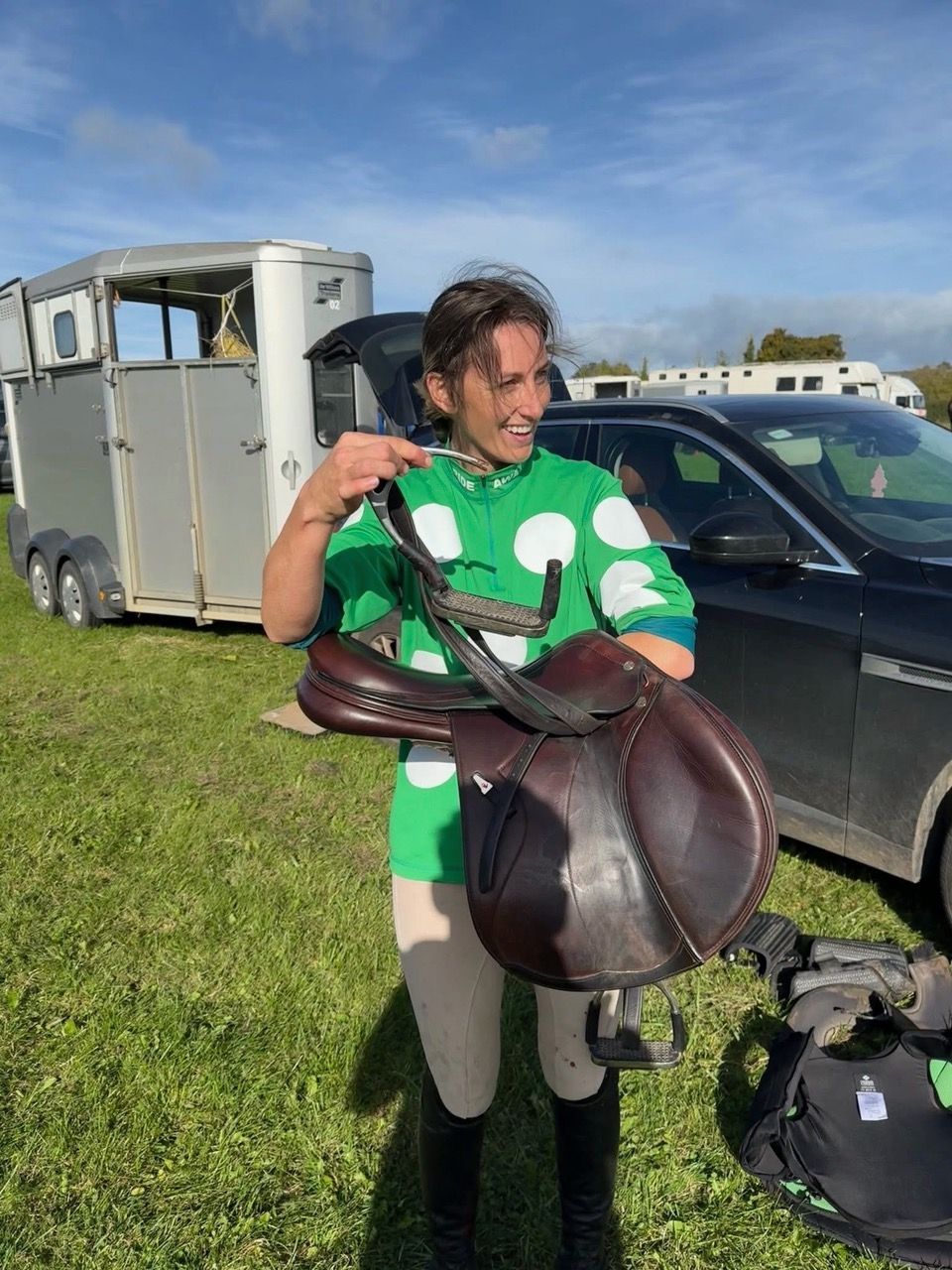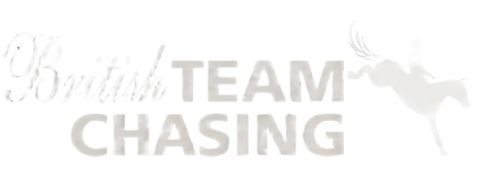Safety in Team Chasing: Essential Information for Riders
March 17, 2025
Whether you're a seasoned rider or a beginner, prioritising safety is critical.
We have put together an overview of key safety gear and medical considerations for riders, especially those with health conditions.
Key Safety Gear for Team Chasing
- Helmets
You must wear a helmet that meets current safety standards such as PAS 015 or VG01 040 2014-12. (see rulebook for a comprehensive list of accepted standards). Replace it after any significant impact as it may no longer provide adequate protection. - Body Protectors
A level 3 body protector (BETA 2018 standard) is required to ensure the highest level of protection. This will help to protect your torso during a fall, reducing the potential severity of rib and organ injuries. Air jackets are also a useful tool in protecting your body against potential injuries. - Gum Shields
Gum shields, while not required, are recommended. They can absorb impact, reducing the risk of concussions and dental injuries, They’re a simple yet effective addition to your gear. - Medical Arm Bands
Medical arm bands, while not required, are also recommended. Though often overlooked, they can provide critical health information to responders in emergencies. Include your name, emergency contact details, and any relevant medical information like clotting disorders, diabetes, epilepsy, or drug allergies. List medications such as blood thinners, insulin, or an EpiPen if applicable.
Medical Considerations For A Medical Arm Band
Before participating in a team chase, it’s important to understand how certain medical conditions or treatments can affect your safety, If any of these apply to you, include them on your medical arm band for better safety.
- Blood Thinners/Clotting Disorders
If you have an increased risk of bleeding please include details on your medical arm band. - Insulin-Dependent Diabetes
Carry fast-acting glucose and ensure your team knows how to assist in emergencies. - Epilepsy
Keep medication well-managed, and ensure your medical arm band includes details. - Previous Cardiac Problems
Disclose your condition to teammates and include it on your armband. - Asthma/COPD
Make sure your inhaler is easily accessible, and list medications and dosages on your medical arm band. - Drug Allergies/EpiPen
State your allergies and the location of your EpiPen on your medical armband.
Ensure your teammates know about your medical conditions and medications to provide appropriate care in emergencies.
Ensure You Have the Right Insurance for Team Chasing
Team chasing is an exciting and fast-paced sport, but it’s essential to make sure you are properly covered before you compete. Having the right insurance protects both you and those around you, giving you peace of mind while you ride.
All riders must have public liability insurance with a minimum cover of £5 million. This is a requirement for participation in British Team Chasing events, ensuring that you are financially protected in case of any incidents involving third parties, property, or other competitors. Many equestrian insurance providers offer policies that include public liability, so it’s important to check your coverage before entering an event.
In addition, we strongly recommend personal accident insurance. While team chasing is thrilling, accidents can happen, and having personal accident cover can help provide financial support in the event of an injury. Policies can include benefits such as cover for medical expenses, loss of earnings, and rehabilitation costs, helping to ensure you can recover and return to the sport you love.
Before your next event, take a moment to review your insurance policies to ensure you are fully covered. If you’re unsure about your level of protection, speak to an equestrian insurance provider to find the best options for your needs.
Ride safely and kick on!
share this



